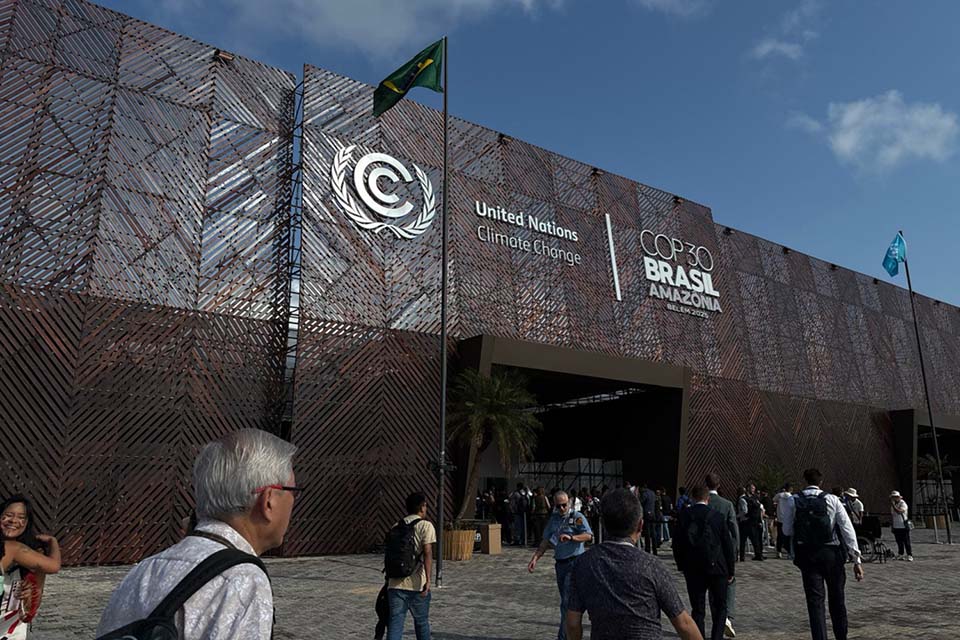NEW DELHI – As the world gathers at the COP30 climate summit in Belém, Brazil, a familiar tension has once again taken centre stage: developing nations demanding equity and developed countries demanding action. This year, India stands squarely in that debate ~ and not without controversy. Being one of the few major emitters yet to submit its updated climate plan, India has drawn global attention, even as it insists the delay is neither negligence nor defiance, but a principled stand for fairness.
No one disputes India’s growing climate profile. The country is now the world’s third-largest carbon emitter, even as it trails far behind developed economies in per-capita emissions. India has made real progress, especially in its energy mix. Achieving 50 per cent of installed electricity capacity from non-fossil sources well ahead of its 2030 target shows genuine ambition. Solar costs have dropped, renewables have expanded rapidly, and India has become a global leader in clean energy manufacturing. Yet, the narrative is not as reassuring when the spotlight shifts to coal. The fossil fuel still dominates roughly three-quarters of India’s electricity supply, with new coal mines being auctioned even today. Independent climate assessments warn that India’s pathway remains aligned with a world headed toward dangerous levels of warming. India’s actions today will shape how the world perceives responsibility and resolve among emerging economies, especially those with rapidly growing energy demand and increasing geopolitical weight.
In this context, withholding a revised climate pledge inevitably raises questions: Is India biding time to extract stronger commitments from wealthy nations, or is it struggling to balance economic priorities with climate responsibility? The answer may be a bit of both. India’s argument is straightforward: historic emitters must move faster and pay more. Climate finance has long been the Achilles’ heel of global negotiations, as pledges rarely align with actual disbursements. The developing world cannot be expected to leap into a cleaner future while burdened with loans or left to fund costly transitions alone. India’s position ~ that climate ambition must be matched with climate support ~ is grounded in principle. But diplomacy and perception matter too.
In a world increasingly shaped by climate leadership, hesitation risks diminishing influence. China has already submitted its updated roadmap, and smaller nations vulnerable to rising seas are pushing ambitious targets despite limited resources. India’s delay could be seen as a strategic bargaining chip, or as a sign of reluctance when leadership is needed most. The choice before India is not between growth and climate goals. The true challenge is forging a development model that proves the two can advance together. When India submits its plan later this year, the world will look not only for timelines and numbers, but for a signal: Will India define the future of equitable climate action, or struggle to keep pace with it? The clock is ticking. And the world is watching.
